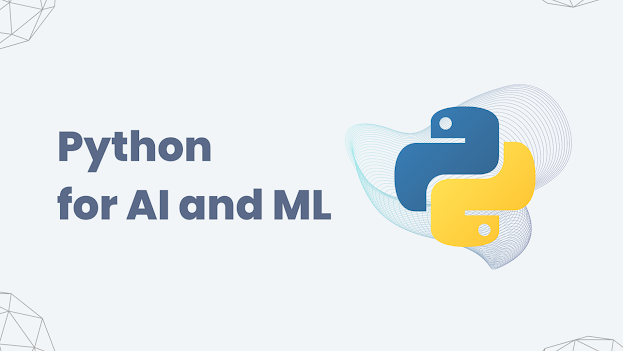Python: The Premier Language for AI and Machine Learning in 2023
 Tristan Honorowski
Tristan Honorowski
Midway into 2023, one of the most sought-after skills in the tech industry is proficiency in programming languages that can harness the potential of artificial intelligence (AI) and machine learning (ML).
At the forefront of this technological revolution stands Python, a versatile programming language renowned for its prowess in AI, ML, and data science applications.
So, why should you focus on Python as your language of choice this year?
Here are my top 10 reasons I chose to work with Python every day (and the Python MOJO superset once it's available)...
1. Simplicity and Readability
Python boasts an impressively simple syntax, similar to English, which makes it accessible to beginners and reduces the cognitive load associated with understanding new code. This ease of use encourages quicker learning, which is crucial when venturing into complex domains such as AI and ML.
2. Comprehensive Libraries and Frameworks
The power of Python lies in its wide range of specialized libraries and frameworks that simplify complex tasks. When it comes to AI and ML, libraries such as NumPy, SciPy, Pandas, and Matplotlib are invaluable for data manipulation and analysis.
For machine learning, Scikit-Learn brings a host of algorithms right to your fingertips, ready to be used out of the box. In the realm of deep learning, TensorFlow, Keras, and PyTorch offer robust platforms for building and deploying neural networks.
3. Strong Community Support
The Python community is vast and active, which means that if you encounter a problem, chances are someone has already solved it. This support comes in various forms - tutorials, discussion forums, solution guides, and even live help. In addition, the open-source nature of Python's ecosystem fosters continuous development and improvement of its resources.
4. High Demand in the Job Market
With the rising impact of AI and ML in various sectors, professionals with Python skills are in high demand. Industries ranging from finance to healthcare to entertainment are leveraging these technologies to improve their operations, and Python remains a preferred language to implement these solutions.
5. Support for Various Programming Paradigms
Python supports multiple programming paradigms, including procedural, object-oriented, and functional programming. This flexibility allows it to cater to a wide variety of projects, making it a versatile choice for AI and ML applications.
6. Integration Capability
Python can easily integrate with other languages and platforms, making it a highly flexible choice in diverse development environments. Its ability to function alongside other tools is a great asset, particularly in the varied and ever-changing landscape of AI and ML.
7. Pioneering AI and ML Research
Python is at the heart of cutting-edge research in AI and ML. Many of the most significant advancements in these fields are implemented in Python first due to its ease of use and robust capabilities. This means learning Python puts you at the forefront of these exciting technologies.
8. Data Visualization Tools
When working with AI and ML, understanding and presenting your data visually is crucial. Python has a broad range of libraries like Matplotlib, Seaborn, and Plotly that offer powerful and flexible data visualization tools. These libraries can create almost any type of visualization, enabling you to present your data in the most insightful way possible.
9. Compatibility with Hadoop
Big Data and AI/ML often go hand in hand, and Python is a great choice when dealing with large datasets. Python is compatible with Hadoop, the most widely used open-source big data platform. The PyDoop package offers access to HDFS API for Hadoop and allows you to write Hadoop MapReduce programs and applications, which can be beneficial when dealing with large data processing tasks in AI and ML.
10. Active Development and Continuous Upgrades
Python is an actively developed language, with new features and functionalities regularly added.
This active development ensures that Python stays relevant and up-to-date with the latest trends in technology, including advancements in AI and ML. The language's continuous upgrade provides more tools and capabilities for developers to work with, ensuring that it remains one of the leading languages in AI and machine learning.
Conclusion
Python's strengths align seamlessly with the needs of AI and ML, making it an ideal first choice for anyone looking to dive into these burgeoning fields in 2023.
As we continue to explore and innovate in AI and ML, the centrality of Python is likely to become even more pronounced.
So whether you're an aspiring data scientist, an AI enthusiast, or a seasoned developer looking to upgrade your skills, Python is one investment that promises substantial returns.
Subscribe to my newsletter
Read articles from Tristan Honorowski directly inside your inbox. Subscribe to the newsletter, and don't miss out.
Written by
Tristan Honorowski
Tristan Honorowski
I love sharing cryptocurrency (Web3) & programming knowledge! If my content is helpful, sponsors are always cool :)